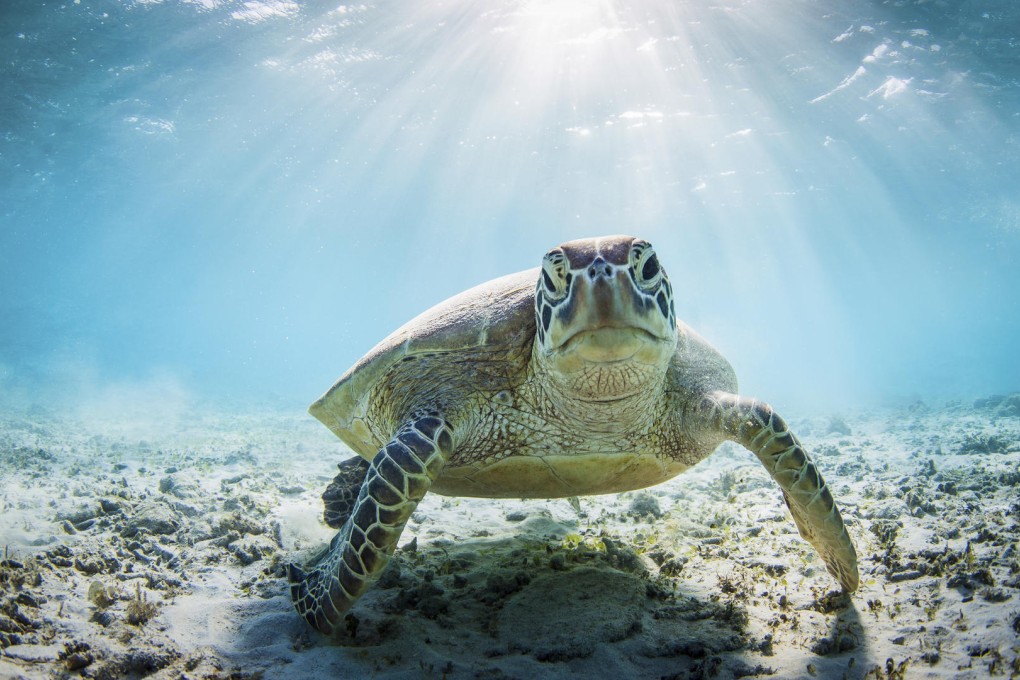What you should know before getting a turtle, tortoise or terrapin
Felix Paige

"Chelonians are similar in appearance but have some fundamental differences, so it is vital to do the research to ensure that you understand each species' requirements," says Gething.
Turtles, for example, spend their entire lives in water, coming onto land only to lay their eggs. Tortoises are generally land-dwelling and many can't swim. Terrapins split their lives between land and water.
"The most important step in keeping a chelonian happy is to provide the right environment," Gething says.
Habitats vary widely, from dry and arid for species such as the star tortoise or African spurred tortoise - the most common dry-land species in pet shops - to an enclosure requiring both land and water for species such as the red-eared slider - the most common terrapin found in pet shops - to strictly aquatic environments for species such as the pig-nosed turtle.
More than half of the medical conditions Gething sees in pet chelonians are related to their habitat. The second most common cause of illness is incorrect diet. As with habitats and enclosures, dietary requirements vary widely between species, too. Most dry land-dwelling tortoises are vegetarian and feeding them a diet with little fibre, or the wrong type of vegetable and fruit, will result in intestinal disturbances and a nutritional imbalance.